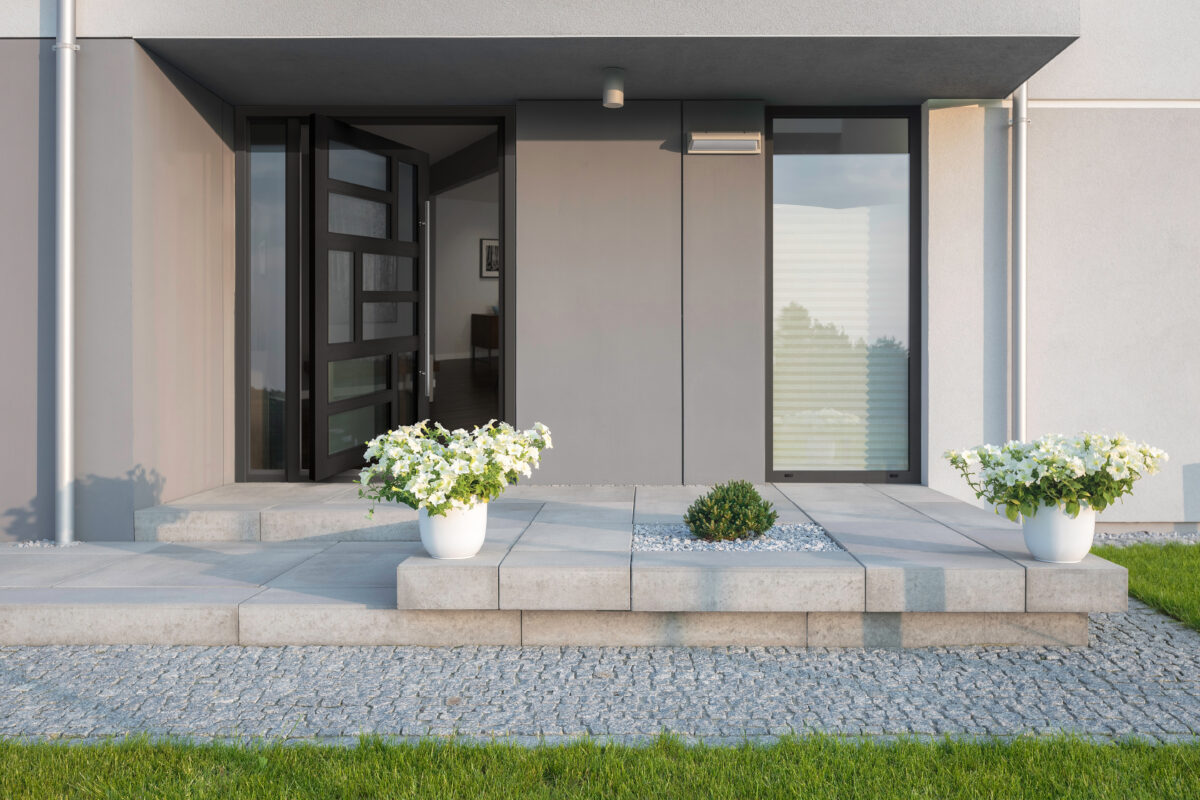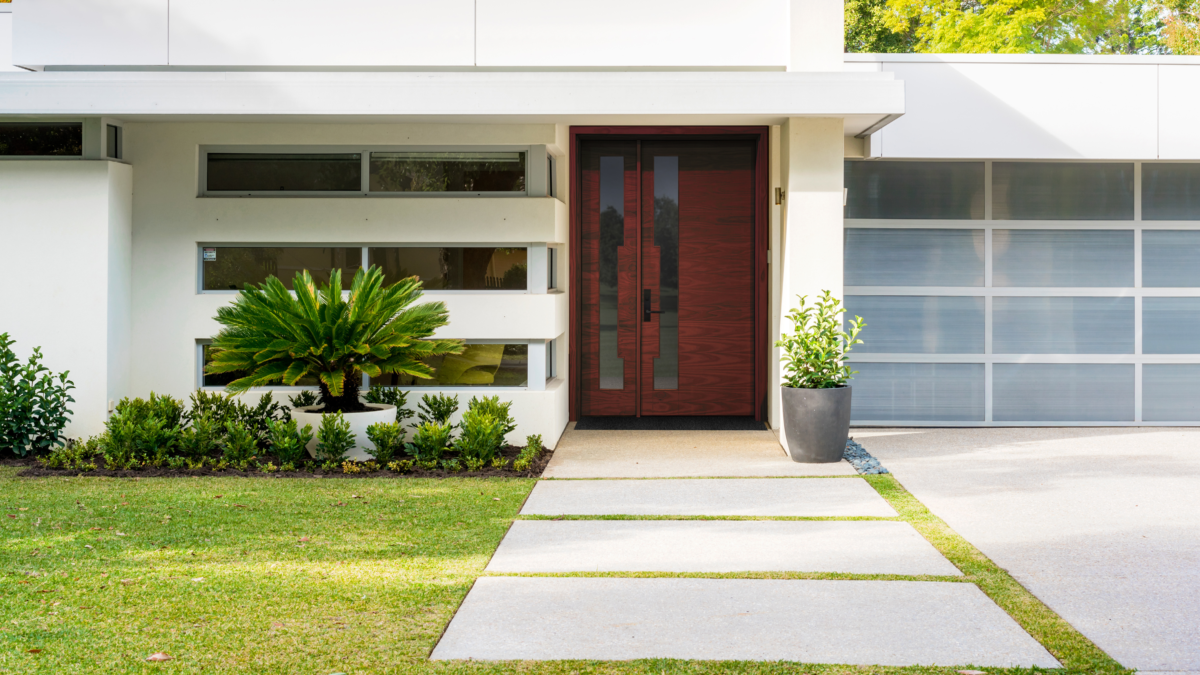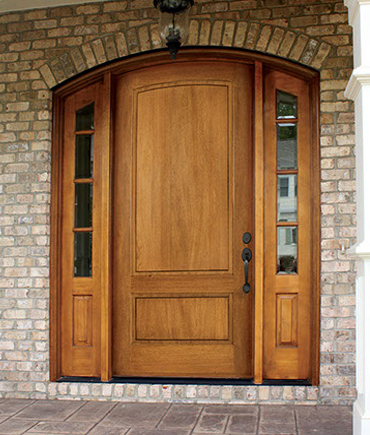LUXE Pivot Doors: A Complete Guide for Builders and Architects
When designing or constructing a new building, few elements are as important as the front door. To prospective homeowners, the front door is the “face” of the property. And in many cases, standing out is far better than blending in. There are hundreds of choices when it comes to designing an entryway, but pivot front doors provide a unique look and function that is hard to replicate with a traditional model.
In this article, the DSA Door experts will answer a number of questions about pivoting doors, including “What is a pivot door,” and “How do pivoting doors differ from standard doors?” We’ll also provide information about our LUXE Pivot Doors so that you can decide if a pivoting front or back door is right for your next project.
Are you a builder or dealer looking to learn more about LUXE Pivot Doors from DSA Doors? Click here to sign up for in-person or online Pivot Door training, and we’ll provide FREE LUNCH for your team!
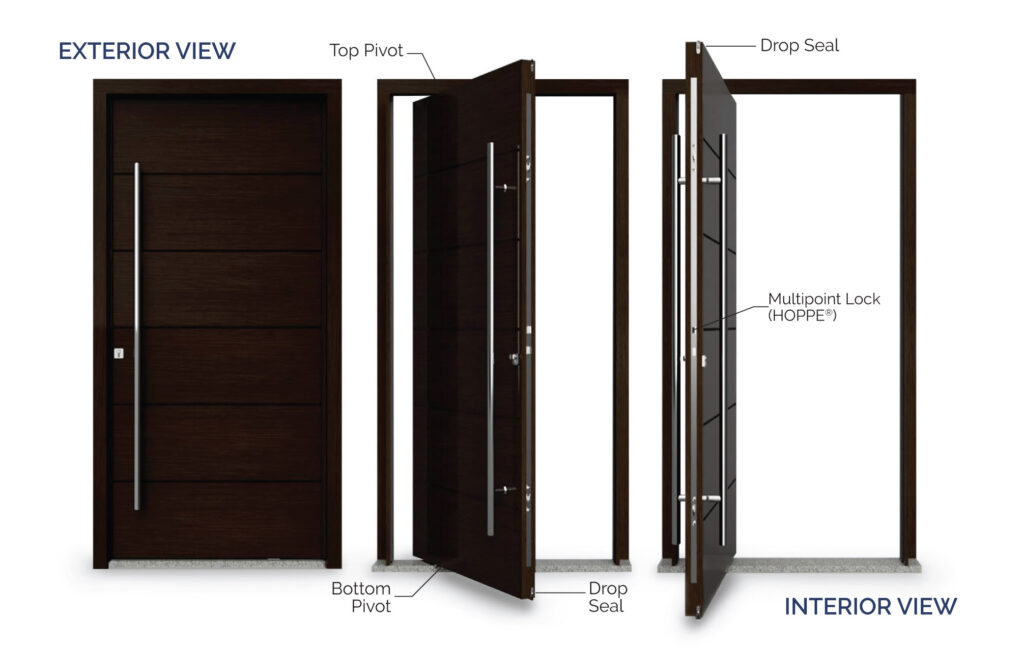
What Are Pivot Doors?
Pivot doors are designed to rotate on hinges placed at the top and bottom of the door. This is different from nearly all traditional doors, which have hinges attached to the horizontal section of the door frame. Pivot hinges have been around for centuries, but modern technology allows for much smoother function as well as more impressive presentations.
How Do Pivot Doors Work?
The basic pivot door design consists of a top pivot, a bottom pivot, and two corresponding plates set into the frame. So, rather than opening and closing at the side of the door frame, a pivot door turns on the axis created by the two pivot mechanisms. For this reason, they are often referred to as swivel doors. Depending on the intended aesthetic, this axis can be placed almost anywhere in the door, creating pivoting door designs that open in a variety of dynamic ways.
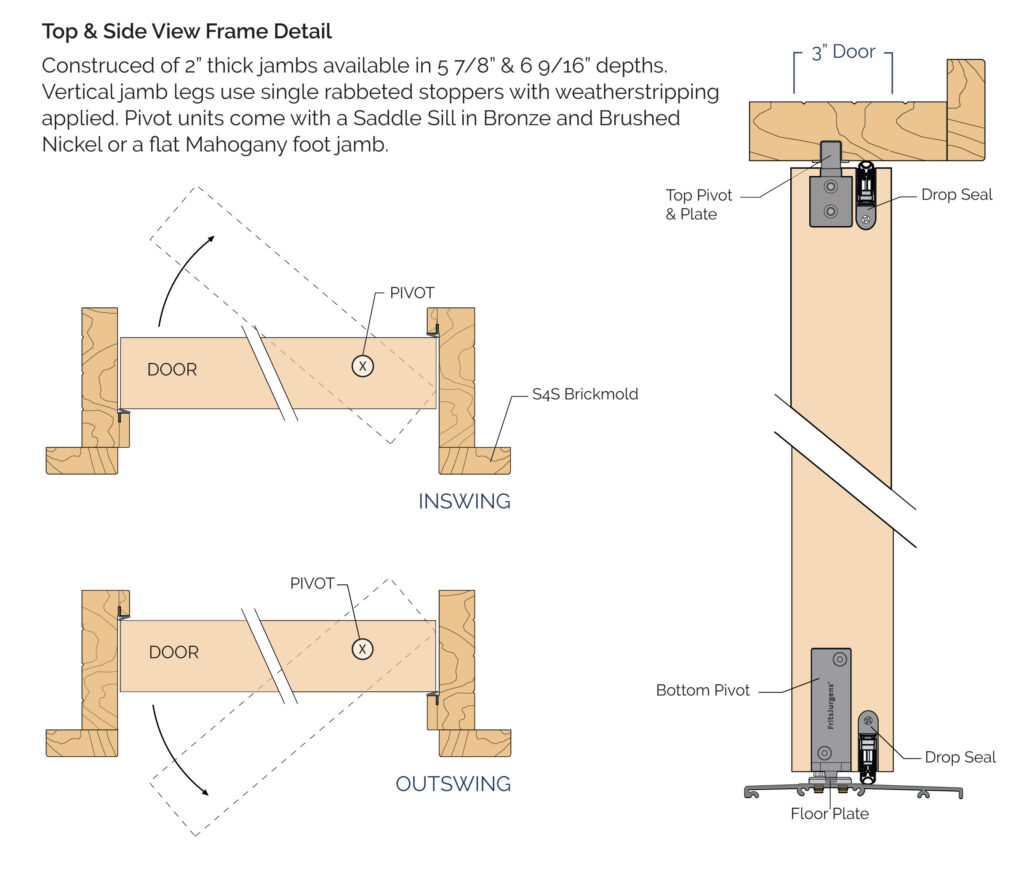
Why Pivot Doors?
There are many reasons why an architect, designer, or homeowner might prefer a pivot door vs. a traditional door design. For example:
They Can Be Much Larger (and Smaller)
Most standard doors remain limited by the strength of the hinges. Any architect knows that a big, heavy Hickory or Mahogany door will need larger hinges to hold it in place. The same is not true for pivot doors. Because the pivot axis can be placed at any point, it’s possible to design pivot doors of virtually any size or material. In fact, there have been examples of pivot doors made of marble and stone that are in no danger of failing. Pivot door designs are also ideal for alcoves and “secret” rooms with thin entryways.
They Offer a Clean, Modern Look
Architects around the world love pivot doors because they provide seamless, elegant functionality while also looking amazing. When installed properly, some pivot doors look as if there is virtually no space at all between the door and frame. From mansions to churches to government buildings, pivot doors can really add a lot to any room.
They Provide Incredibly Smooth Movement
Because their movement is not hindered by a traditional hinge, even the heaviest pivot doors can be opened by a single individual. This also allows for a variety of different movement types. For instance, placing the pivot point closer to the center of the door drastically reduces the amount of space needed to open it.
They are Incredibly Versatile
Pivot doors provide architects with unlimited room for creativity. From pivot front doors to pivoting walls and more, these entryways really add that “wow factor” that many homebuyers crave. Though wood remains the most popular option, aluminum pivot door and glass pivot door designs have also been incorporated into all types of buildings.
DSA Doors offers a variety of pre-fabricated and custom wood pivot doors for sale. You can see our entire LUXE Pivot Door Catalog here
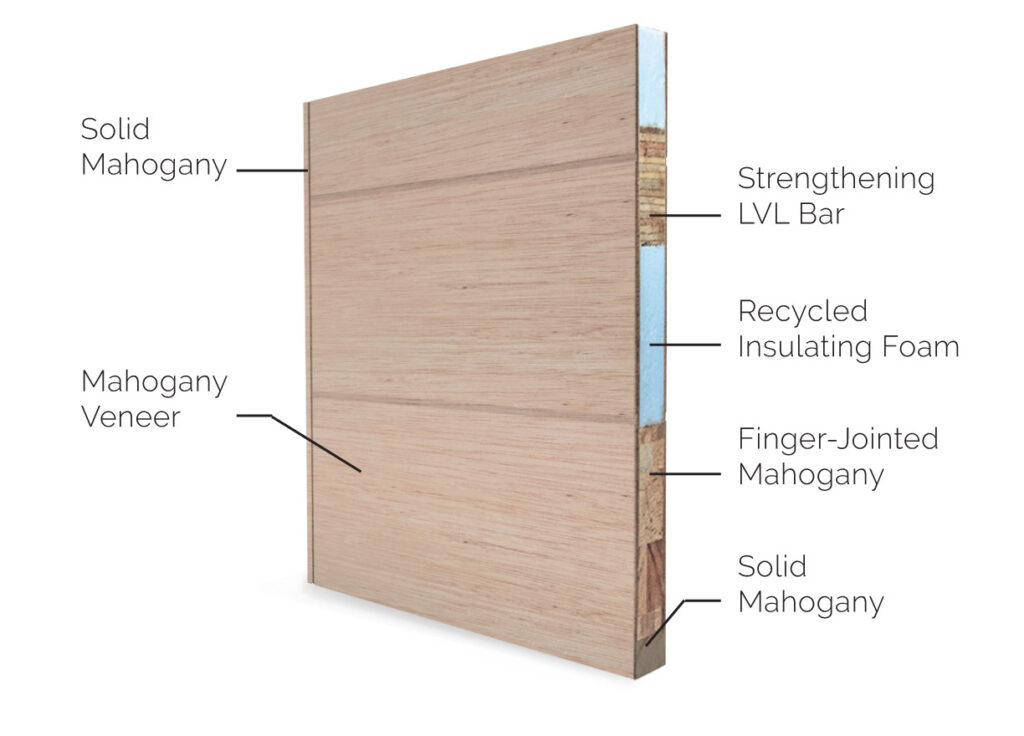
Are Pivot Doors Worth It?
With the right mechanism, architects can install pivot doors that weigh more than 1,000 pounds and measure over a dozen feet wide. Some ostentatious designers have also incorporated pivot entryway designs over 20 feet tall. That said, you can include pivot entryways in all manner of different design situations.
A simple, well-built wood pivot door makes for a functional and aesthetically pleasing addition to any home. Of course, they can also help spice up an office space or commercial property. There’s a pivot door design for every situation. So, it’s less about pivot doors vs. regular doors and more about what a particular space calls for.
LUXE Premium Pivot Doors for Sale from DSA Doors
As one of America’s premier door manufacturers, DSA Doors works with professional dealers, architects, designers, and builders nationwide. Our catalog of models includes a series of nine pre-engineered luxury pivot doors. Of course, we also design and produce custom pivot entryways in our Raleigh-based production facility. This allows us to meet any customer need, no matter how unique.
Our pre-engineered pivot doors include the Scandinavian-inspired Fjord, the geometric, translucent Niva, and the ultra-modern Solna. Each boasts only the finest premium timber and includes the state-of-the-art FritsJurgens M+ Adjustable Pivot System. We also provide pivot door sidelites in single or double-frame designs.
Aside from their exceptional craftsmanship, our LUXE Pivot Doors stand out for several reasons. Standard and Custom features include:
FritsJurgens® System M+ Adjustable Pivot Hinge
This revolutionary pivot hinge design from Dutch company FritsJurgens allows for fluent and precise movement at the touch of a finger. DSA offers four standard pivot locations, as well as custom placements. The premium M+ Pivot Hinge system is made of high-strength stainless steel and tested to withstand over 136 years of daily use. Most importantly, the entire hinge system is completely embedded into the door frame, making it virtually invisible to the naked eye. That said, the system’s superior functionality is very clear. Homeowners can easily adjust the speed, damper, and latch control as desired using the adjustment screws at the bottom of the door. Once installed and customized, the M+ hinge will be maintenance-free for years to come.
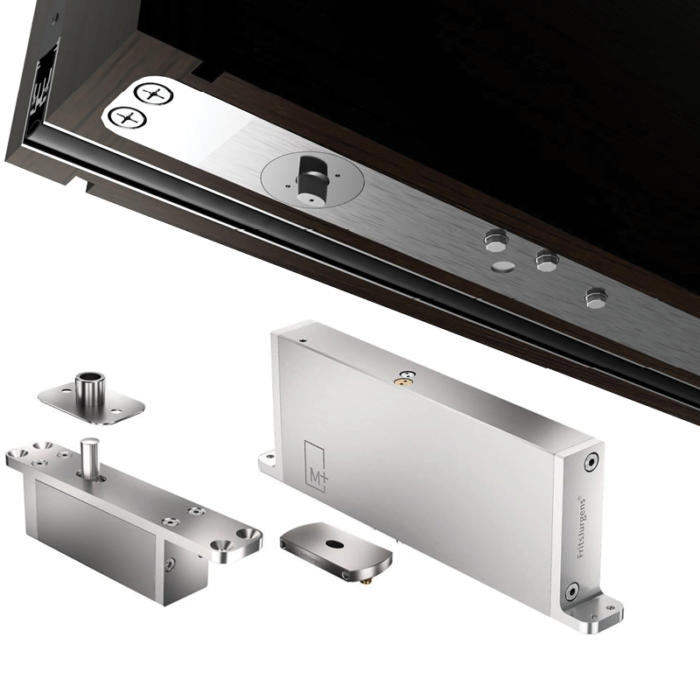
Multiple Lock and Hardware Options
We allow many points of customization for our pivot door designs. Our clients can choose from serval latching systems and locking mechanisms, including smart lock hardware from Danalock. We also provide several thumb latch options, pull bars, and handles. Want a glass pivot door to maximize brighten up your space? We provide multiple insulated glass styles, including Flemish, Sandblasted, and Rain.
ATHMER® Top & Bottom Automatic Drop Seals
The most frequent complaint about sub-par pivot entryways is that they fail to form a proper seal, sometimes allowing in water, wind, and dust. That’s why every DSA LUXE Pivot Door features Athmer Schall-Ex WS Pivot Automatic Drop Seals on both the top and bottom. Made of anodized aluminum, these premium-quality drop seals automatically extend and retract when the door opens and closes for superior environmental, thermal, and weather protection.
Why Wood Pivot Doors Lead the Industry
Because of their unique design, builders can incorporate all sorts of pivot into their homes, from marble or metal to composite and glass. However, wood pivot doors remain the industry standard and a favorite among buyers for several reasons. The primary benefit of a wood door, pivot or otherwise, is durability. Indeed, even lightweight wood is difficult to break and resistant to damage. If a wood door becomes dented or scuffed, it is much easier to repair than a metal or composite model. Wood models are also sustainable and very energy efficient, drastically reducing hot and cold air transfer while effectively blocking UV light.
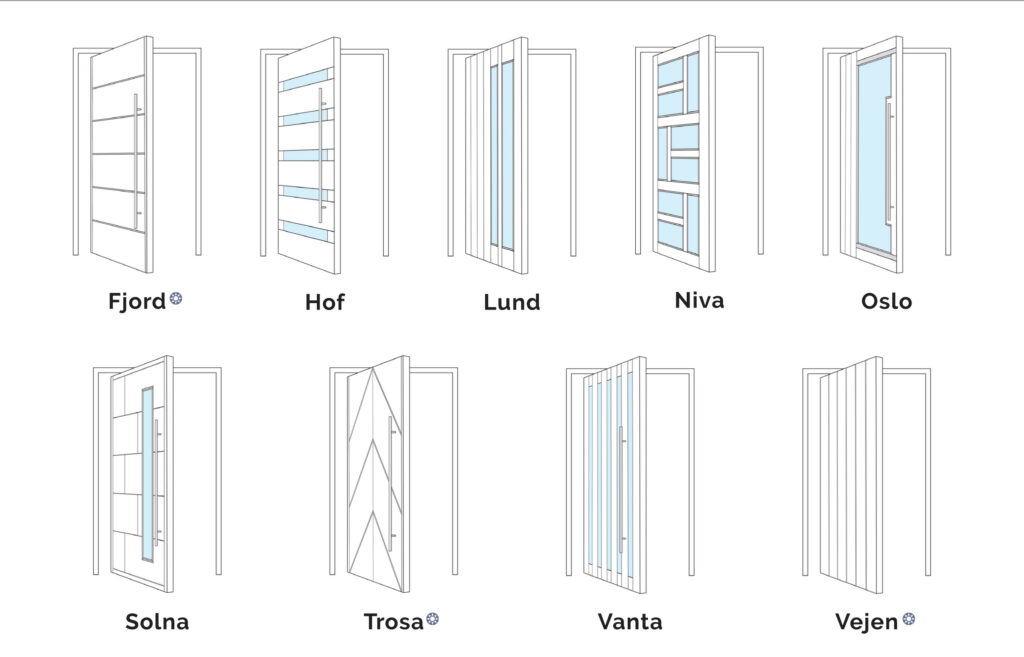
Premium Doors, Premium Service: The DSA Difference
LUXE Pivot Doors from DSA Doors are truly in a league of their own. And with our ability to design and deliver to a national client base, there’s no need to sit around searching “pivot doors for sale near me.” With DSA, you get the highest quality doors at the best price every time. If you’re an architect, designer, or builder looking to craft a truly magnificent space, DSA can open the door to a whole world of new ideas.
LUXE Pivot Doors from DSA Doors offer superior craftsmanship and functionality. To learn more about our wood pivot door solutions, click here.

